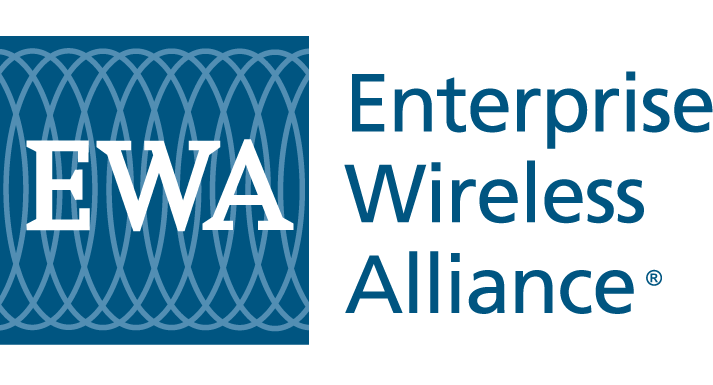NPSTC May Have Spoken - But It Is Not Yet Over at 4.9 GHz
NPSTC May Have Spoken - But It Is Not Yet Over at 4.9 GHz
It may be a bit optimistic on NPSTC’s part to label its 4.9 GHz reorganization effort as the “National Plan Recommendations Final Report”. It’s not final by any means as yet. In comments filed late November solicited by the FCC in response to this “Final Report”, EWA recommended that the FCC should allow all licensees of private internal systems co-primary access to the frequencies designated for shared public safety/non-public safety use; and (ii) stated that it is confident that EWA and other non-public safety frequency advisory committees have both the capability and commitment to process 4.9 GHz applications in conformance with whatever rules and policies the FCC adopts. As long as the technical criteria adopted by the Commission for the 4.9 GHz band are followed by all frequency coordinators, either public safety or non-public safety, every licensee will enjoy the appropriate level of interference protection and confidence that their 4.9 GHz applications were processed on an equal basis.
FCCA, IMSA and IAFC noted in a joint filing later, however, that it was their “experience with coordination of Sprint/Nextel vacated spectrum, in which business/industrial coordinators are allowed to participate, that many more problems develop with the addition of coordinators who are not part of the regular public safety coordination process.” EWA responded to this allegation that “the Joint Commenters provided no details about any alleged problems caused by non-public safety FACs, and EWA is at a loss to understand what they possibly could be. Indeed, this complaint is particularly odd, since none of the Joint Commenters have ever raised this issue with EWA, with any other non-public safety FAC to the best of the Alliance’s knowledge, or within the LMCC where such matters typically would be vetted. Before the FCC gives any credence to this unsubstantiated claim … it should require them to provide specific details of the ‘many’ problems that have arisen.”
